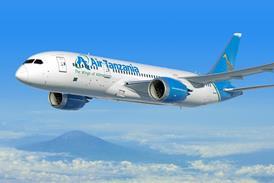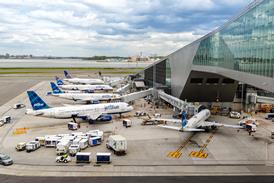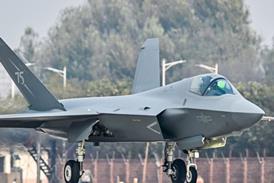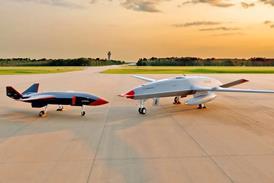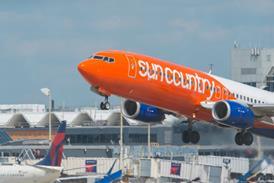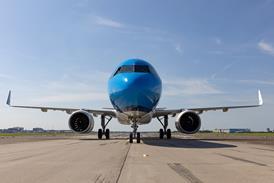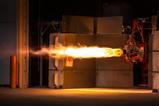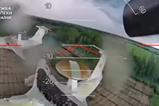Uncrewed aircraft manufacturer General Atomics Aeronautical Systems (GA-ASI) is developing a new strike and reconnaissance aircraft for the US Air Force.
The company was awarded a $99 million contract from the Air Force Research Laboratory (AFRL) on 27 May to support the advancement of a platform called Ghost, which the contract announcement describes as a “next-generation intelligence, surveillance, reconnaissance/strike” unmanned aerial system.
The new UAV is to have unique features including a hybrid-electric propulsion system and ducted lift fans. Although not specified, the presence of ducted fans implies the Ghost will be vertical take-off and landing capable.
General Atomics declines to provide further information about the project.
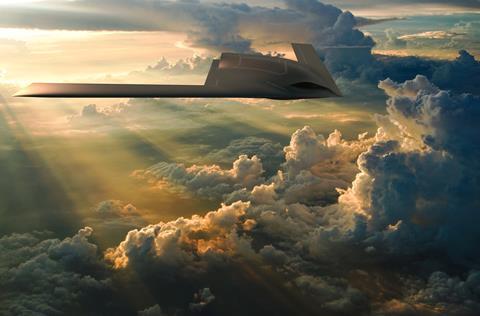
The AFRL funds research and development efforts, rather than active procurement, so there is no guarantee the Ghost vehicle will ever be fielded operationally.
However, the air force appears to be developing the new platform with frontline use in mind. The contract announcement calls for the Ghost to “provide capabilities across a spectrum of contested environments”.
The development comes after the Pentagon has lost an unconfirmed number of General Atomics MQ-9A Reaper UAVs to enemy activity over Yemen and the Red Sea in recent months – each valued at some $30 million.
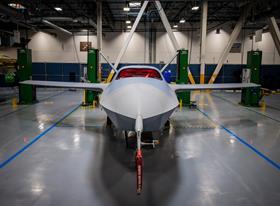
Reapers have provided critical support for Washington’s campaign to secure the vital waterway, control of which has been contested by the Yemen-based Houthi militant group using a mix of long-range precision munitions and air defences.
Earlier this month, the commander of US Air Force Special Operations Command told FlightGlobal that demand for the unmanned intelligence gathering capability offered by the MQ-9 fleet continues to rise.
“We’re moving fast to try to figure out ways to operate in those spaces,” Lieutenant General Michael Conley said in an interview.
“MQ-9s aren’t cheap, so I wouldn’t say I want to keep feeding MQ-9s into an area that they’re likely to get shot down,” he added. “But again, that’s the mission that they’re needed to do right now.”
The three-star general says the air force is developing new tactics for the service’s remote pilots and working with industry to find possible technical solutions to the problem of MQ-9 survivability.
Longer term, that could mean an opening for the Ghost, which has a number of features in common with an earlier GA-ASI concept vehicle.
In 2020, General Atomics responded to a US Air Force (USAF) request for information seeking possible concepts to replace the MQ-9 starting in 2030. That programme was known as MQ-Next.
The company also unveiled a rendering of its MQ-Next design, which depicted a low-observable flying-wing configuration. At the time, GA-ASI president David Alexander described the unnamed vehicle as an “ultra-long endurance” strike and intelligence, surveillance and reconnaissance (ISR) platform.
Although he declined at the time to reveal plans for propulsion, Alexander said his company’s “advancements in propulsion technology will give commanders a longer reach than ever before”.
However, in 2022 a different General Atomics official told Breaking Defense that the company was pursuing a hybrid-electric propulsion solution to support its MQ-Next effort – similar to the powerplant apparently featured on the Ghost.
Alexander in 2022 also noted his company’s MQ-Next concept design would feature a flying wing configuration with ducted fans embedded in the fuselage and have improved survivability.
According to the recent Ghost technology maturation contract, work on that project will be completed in 2028.
The effort is separate from the Collaborative Combat Aircraft programme, under which GA-ASI developed the YFQ-42A uncrewed fighter prototype for the USAF.
The company recently began ground testing on that experimental design, with plans to fly it for the first time in the coming months.


